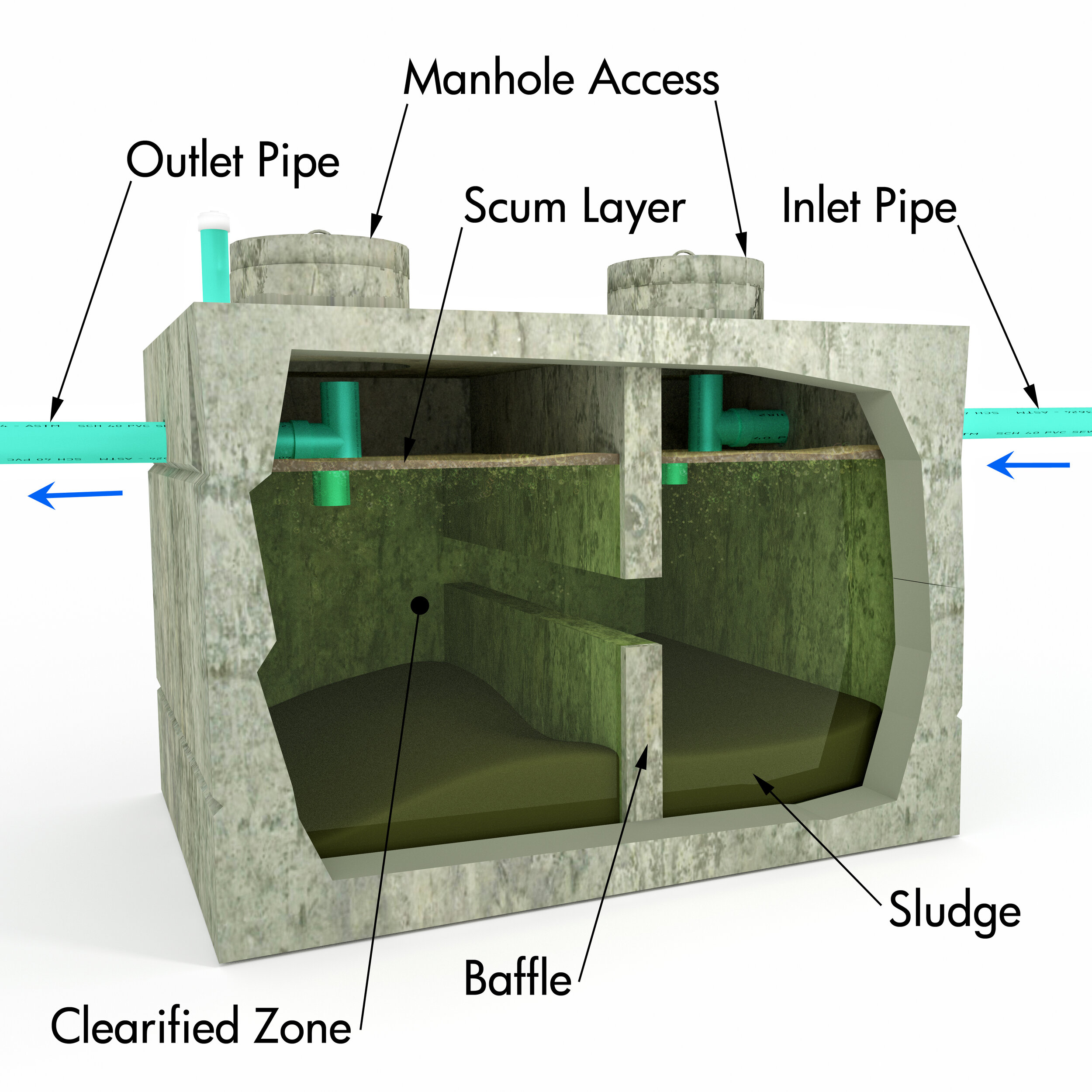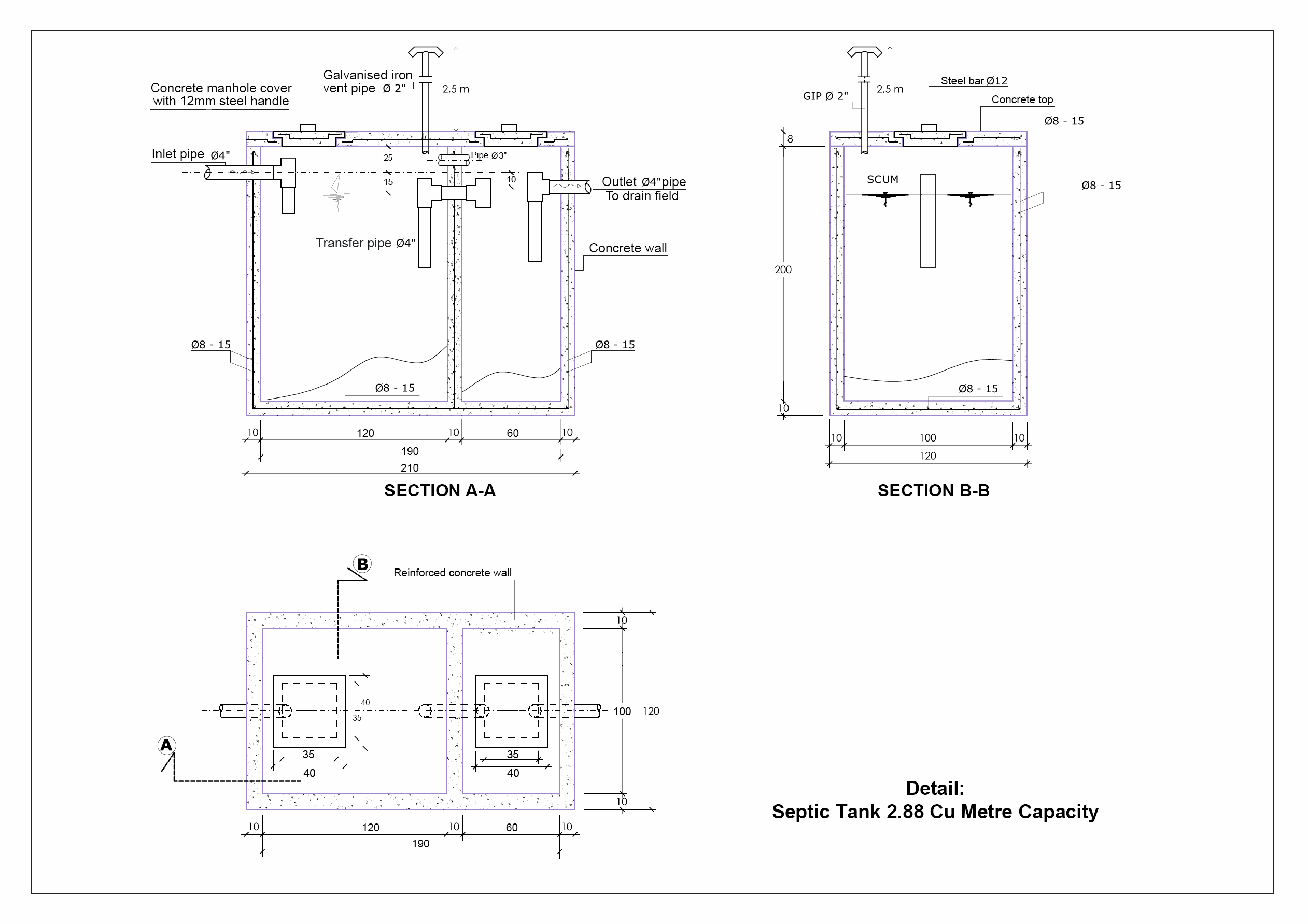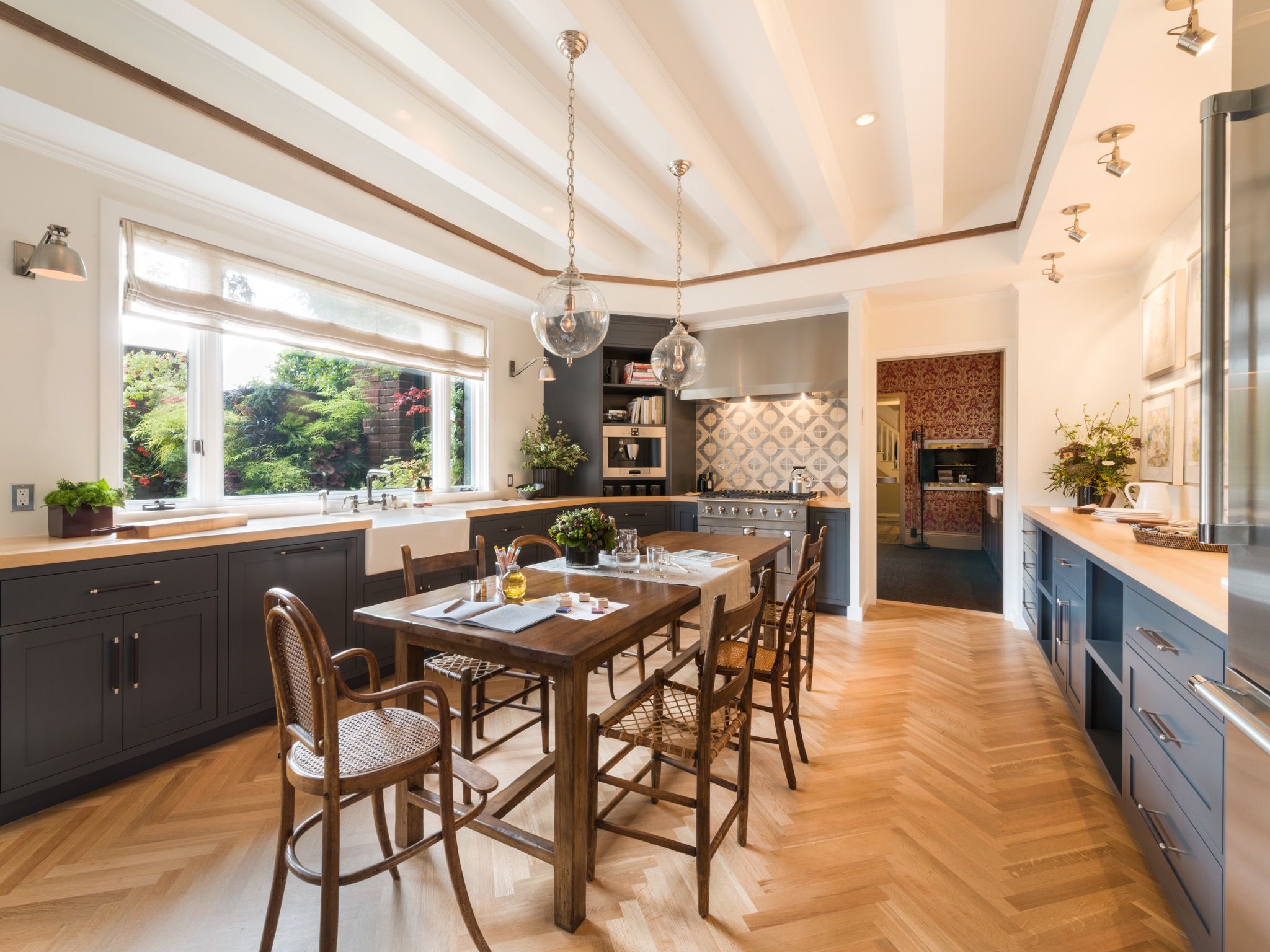Table Of Content

First things first, it all begins with site selection and soil inspection. It pays to spend some time on this process because it affects the overall performance and longevity of the septic system. The soil conditions should lend themselves to easily absorb water – sandy or loamy soils tend to be best for this purpose. This allows gravity to easily carry wastewater without any subsequent energy used. Furthermore, conducting a thorough soil inspection is essential to ensuring its permeability. Ever wonder about those helpful microscopic organisms that make so much of life possible?
Handmade Septic System for Off Grid Shed to House
The installation of any septic tank should only be undertaken by a qualified professional. A septic tank system is a long-term investment, therefore it’s important to take a close look at the installation site before making any moves. Choose only concrete block septic tanks to guarantee that your system will perform as intended and meet all applicable regulations. Most drainage issues with septic tanks can be traced back to faulty construction. Therefore, employ a qualified professional to carry out the installation. Once installed, it’s critical to maintain your septic system properly to increase longevity and safeguard surrounding environmental health.

Doggie DIY Septic Tank
You will need two standard-sized septic tanks, a leach field, PVC pipes, infiltrators (about 32 inches wide) to dissipate water, and a Diversion box. Tunnels should be placed in the leach field to allow for aeration and prevent waterlogging. For people living in places without septic treatment, it could be a lifesaver.
Connecting the Drain Pipes
Whether scaling it down for a smaller property or replicating it for larger demands, this tutorial serves as a blueprint for self-reliance in off-grid environments. We delved into local regulations and guidelines to ensure compliance, which varied from what we were used to in more urban areas. Permits were necessary, and understanding soil composition and drainage requirements was crucial for designing an effective system. The magic of the septic tank lies in its ability to induce a separation process. Solids will settle to the bottom, forming a wonderfully scientific layer called sludge.
Innovative sewage solutions: Tackling the global human waste problem - Mongabay.com
Innovative sewage solutions: Tackling the global human waste problem.
Posted: Tue, 25 Jan 2022 08:00:00 GMT [source]
Septic systems are a type of wastewater treatment system that is used to treat sewage and effluent from households. There are many benefits to having a sceptic system, including improved water quality, reduced environmental pollution, and reduced strain on local sewer systems. Building your septic tank is a project for those who prefer a personalized touch to waste management. This endeavor not only allows for a custom fit to your property but also provides invaluable knowledge and appreciation for the mechanics behind the scenes.
Septic tanks require access lids so that sludge can be periodically pumped out of the filter and the tank itself. The size of the septic tank is determined by factors like household size, daily water usage, and local regulations. A professional septic designer can calculate the appropriate tank size based on these considerations. First, excavation takes place to create a space for the septic tank and drainfield. The size and depth of the excavation are determined by the system's design, property layout, and soil characteristics. The septic tank is then carefully positioned and installed according to the design specifications.
The vertical steel rebar that was laid down in the floor pour should be used to reinforce the tank’s walls. By inserting the bars into the wet concrete, a solid structural connection is made between the walls and the floor. To ensure that the septic tank is completely watertight, all exterior blocks must be filled with concrete. A concrete additive and an expansion agent can help with block filling and increase water tightness, respectively. Opting for an easy design that emphasizes straightforward construction and maintenance can simplify the process. It’s a welcoming approach for those seeking to implement an effective waste management solution without the complications.
Without Emergency Heat Sources You Will Die
In the event that the S does HTF, you’re not going to be able to rely on your contacts you made online. The most powerful weapon you can have for a SHTF scenario is the community around you. Portable propane heaters are an excellent choice for emergency heating. You also need to use them as directed and not use them while you sleep – that can be a serious fire hazard. Wet snow is unstable snow and thus not suitable for building shelters, so look for dry, compacted snow usually found in snowdrifts or mounds. It consists of a sloping roof leaning against a supporting structure such as a tree, rock, or wall.

Septic tanks made from concrete blocks are less likely to leak or float if they are constructed properly. Maintaining a septic tank made of concrete blocks properly can extend its life span by decades or even centuries. Designing a septic tank system is crucial for efficiently managing wastewater in areas without access to centralized sewer systems. A well-designed system ensures proper treatment and disposal of wastewater, preventing environmental contamination and safeguarding public health.
It’s a smart choice for those looking to manage waste sustainably on a budget. Dig trenches for your leach field lines, making sure they are spaced properly and at the correct depth according to your design. If using a chamber system, ensure each chamber is correctly connected and leveled in the trench. A septic system is a self-contained wastewater treatment setup that serves properties not connected to municipal sewer lines.
The Best Septic Tank Treatments of 2023 - Top Picks by Bob Vila - Bob Vila
The Best Septic Tank Treatments of 2023 - Top Picks by Bob Vila.
Posted: Wed, 10 May 2023 07:00:00 GMT [source]
It’s a practical and eco-friendly solution for rural homes and those in areas without centralized sewage facilities. Now, calculate how big your septic tank needs to be to fit your household. A general rule of thumb is to have a tank with a capacity of at least 1,000 gallons for up to three people or less.
Place and level the distribution box (D-box), ensuring it’s set on undisturbed soil to prevent shifting. Learn to install your own septic tank with our easy DIY septic tank installation guide, covering step-by-step instructions, maintenance, and more. The system should be designed to handle the specific wastewater output of your household while minimizing maintenance and environmental impact. A professional assessment is crucial to determine the best system type and location, considering factors like soil type, property size, and proximity to water sources. Now install the septic tank according to the manufacturer’s instructions and ensure proper connections with the inlet and outlet pipes.
Large sturdy plastic tanks surrounded by metal cages are the primary components of this DIY project. If you don’t want to dig a deep hole in your backyard, this above-ground system just might be your answer. An off grid cabin doesn’t have to be lacking in comforts, an indoor flushing toilet makes off grid living much more comfortable for all age groups. This DIY septic system’s cost like in this Youtube video by Deep South Homestead is minimal and it will last for years. We recommend this to those who already have a septic system but that’s not sufficient for their requirements.
The settled solids are called ‘sludge’, and the floating solids are called ‘scum’. Sludge microorganisms help speed up the decomposition of this solid waste. Grease and oil particles, among the least dense waste, float to the surface of the wastewater, where they accumulate as a scum layer.
The doggie septic system works like an ordinary septic system, just on a smaller scale. A 5-gallon bucket is the tank and the rest of the detailed instructions can be found on this website. The material you choose should be synthetic and capable of bearing the pressure of the soil as well as direct dirt contact without deteriorating immediately.

No comments:
Post a Comment